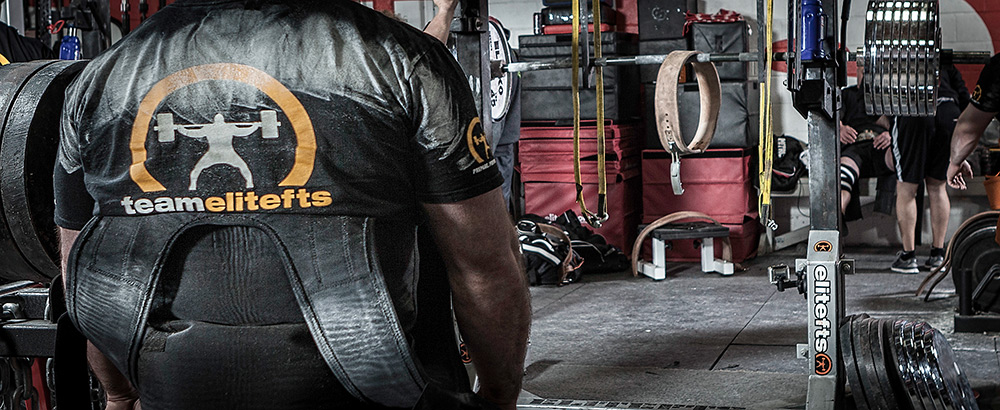
Every coach should know that physical preparation is a necessity for all athletes to improve performance and health, but at what point in their training process can compound movements such as the squat and deadlift be introduced and used with a bar?
Having the opportunity to work with many adolescent athletes (ages nine and up) I get to oversee first hand their physical development specific to their needs as an athlete first and then to their sport. After an initial assessment to address any strength/mobility imbalances and to determine their fitness state, the training process begins. Depending on what level they’re coming in at we focus on improving basic GPP (General Physical Preparation) movements and coaching good quality movement patterns through exercises starting with calisthenics, jumping/landing drills, dragging/pushing sleds and prowlers, med ball throws, strength based exercises, etc. then progress as needed.
Compound strength exercises are great for young athletes when done correctly as these recruit a larger number of muscle groups and teaches them to fire in unison to complete each rep. The strength gains from these help build more efficiency and coordination in movement. Most of our squats are done onto a parallel or below box teaching proper depth and allowing the athletes to generate more force through their hips. We usually start off with goblet holds with kettlebells or dumbbells, which also helps build stability through their core and maintaining a neutral spine. Another benefit of using a box squat in their training is that you can teach it AND train it at practically the same time. We coach their technique during each rep emphasizing the importance of doing it right and also monitor their strength levels every session.
Introducing the Barbell
When we feel as a coach that the athlete is physically ready and prepared to handle the next step in the progression we will proceed. The way we introduce the barbell is through the lightened or reverse band method (pioneered by Louie on Max Effort Movements). The setup is fairly simple; we choke (or attach) a resistance band to the top of the power rack on each side above the point where they start the descent of their squat and then loop the other end around the bar. Typically we use a mini or monster-mini band with most of our youth athletes and have them warm up with that and the bar first. Our exercise selection usually varies will select from a back squat, front squat, and Zercher squat with this setup as well as performing different deadlift variations with the bar. We stress giving coaching cues each rep while spotting them and only increase the weight based on their form and how well they’re moving the bar. For younger athletes we may initially keep the reps at 10 and then drop the reps to five, as they are ready. Higher volume for younger athletes will give them time to learn the technique and also begin to benefit from the exercises.

Inside STA Sports Performance Center in Elma, NY, one of the best training centers in western New York.
Building strength in younger athletes is essential as a preventive measure for injuries as stronger muscles can hold up against greater impact forces and aid in protection for the joints. In addition, as athletes get stronger and see their physical improvements it starts to build a more confident individual. This goes farther beyond just the weight room and athletic field, but in life. We’ve had athletes start in our facility that at first were extremely shy, self-conscious and timid but after they started to make improvements physically and see the hard work pay off, the improvements mentally were just as great, if not more. They were more confident in school, at home, even with the friends they chose to hang out with. And to think, it all started with the iron.
Each athlete should have goals and reasons why they are training. Whether physical improvement for their sport or just general fitness, the foundation you’re helping them pave for the rest of their life is invaluable. You, as a coach, are instilling positive habits they can take with them regardless if they ever play a professional sport or not. Plus, you also may be investing your time and planting the seed for another great powerlifting career down the road.








